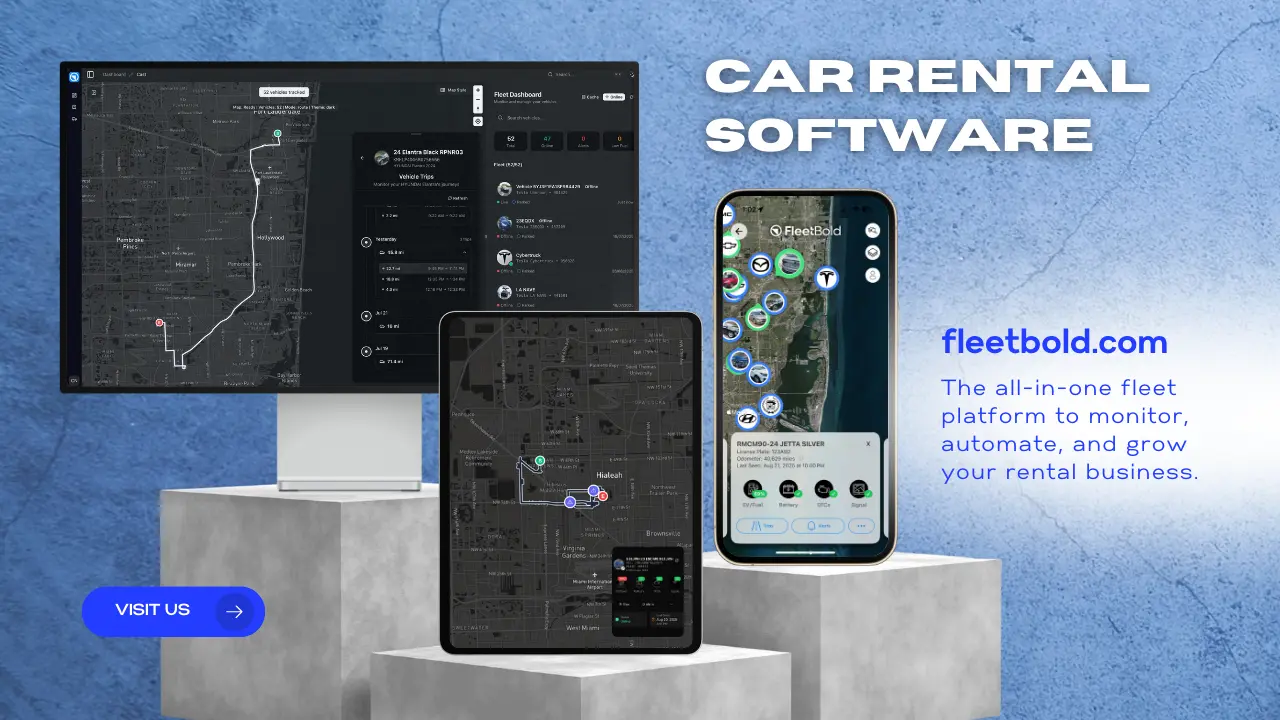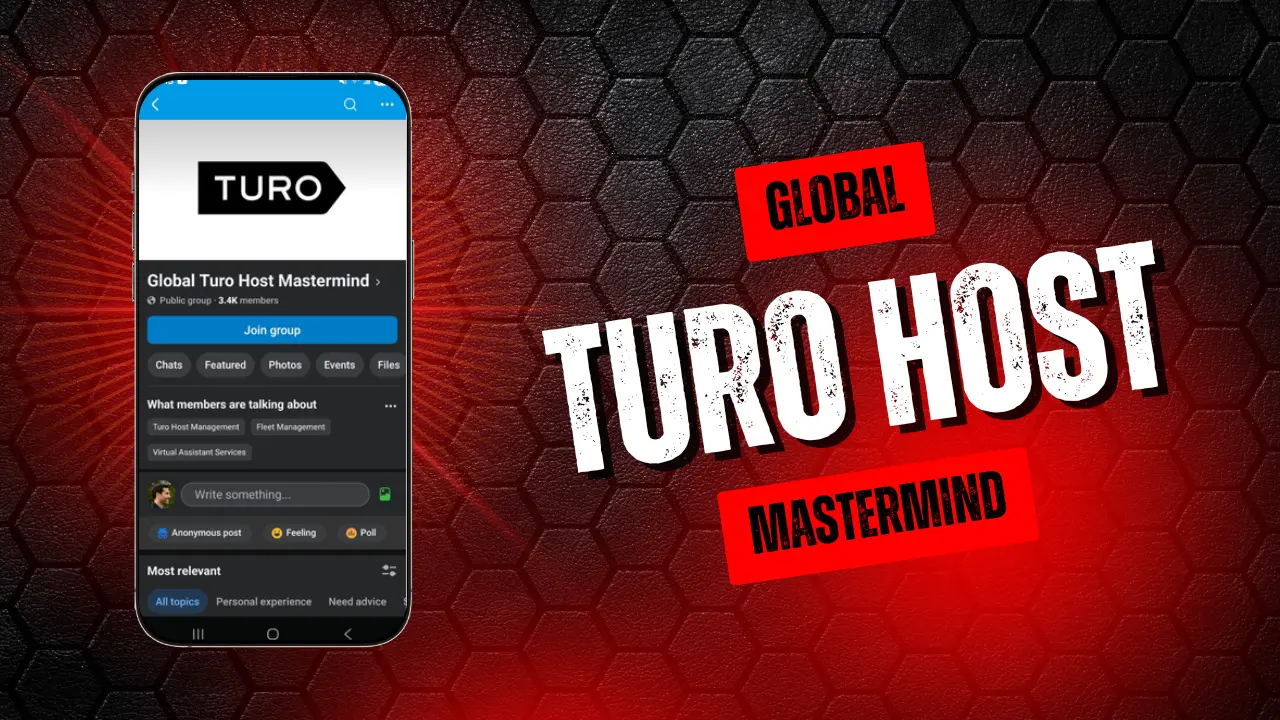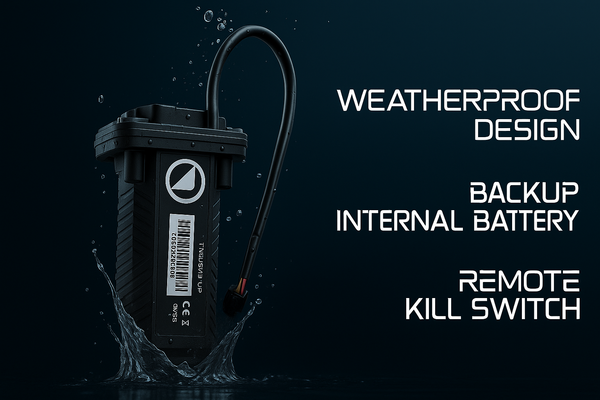What Is a Jammer Really Doing to Your GPS and Why Car Rentals Should Care
Jammers are devices that disrupt wireless signals like GPS and cellular. This educational guide explains what they are, why they matter for car rentals, and why GPS alone is no longer an anti-theft solution.
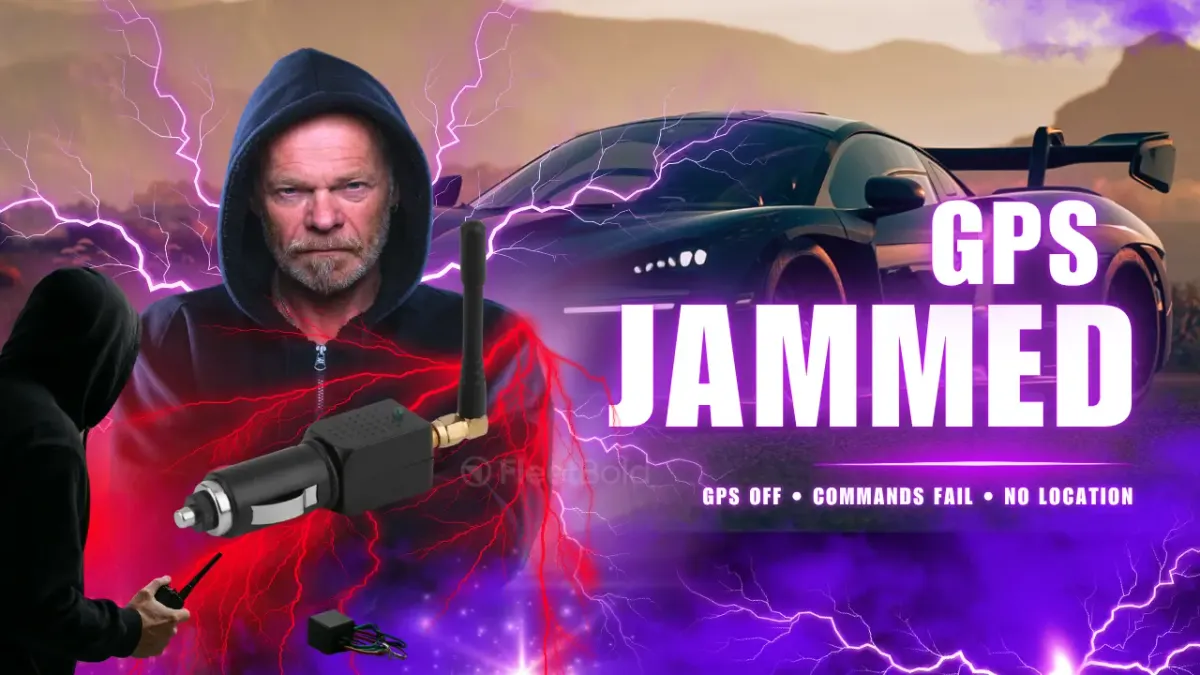
Compliance note
This article is educational and awareness focused. It does not endorse, instruct, or encourage any illegal activity. Always follow your local laws and consult legal counsel when needed.
Introduction
GPS and connected features transformed fleet operations. Then jammers showed up. A jammer is a radio device that overwhelms signals so your tracker cannot see satellites or send data, and your remote commands time out. For Turo Hosts and car rental businesses, a few minutes of interference can be enough to move and hide a vehicle while your system shows silence.
What is a jammer in plain English
A jammer transmits radio noise on the same frequencies your devices need. Think of it as a loudspeaker next to someone whispering. The receiver cannot hear the whisper, so it loses position, drops connectivity, or both. When that happens, maps stop updating, live commands fail, and your vehicle becomes a black box until the interference ends or the car leaves the jamming area.
What a jammer does to GPS and remote commands
- GPS visibility collapses
The tracker struggles to lock onto satellites or cannot uplink positions to your server - Remote features fail in real time
Immobilize, lock and unlock, horn and lights, or other commands do not execute while the link is jammed - Evidence gaps appear
Trip history shows blind spots and delayed telemetry that complicate recovery and insurance later
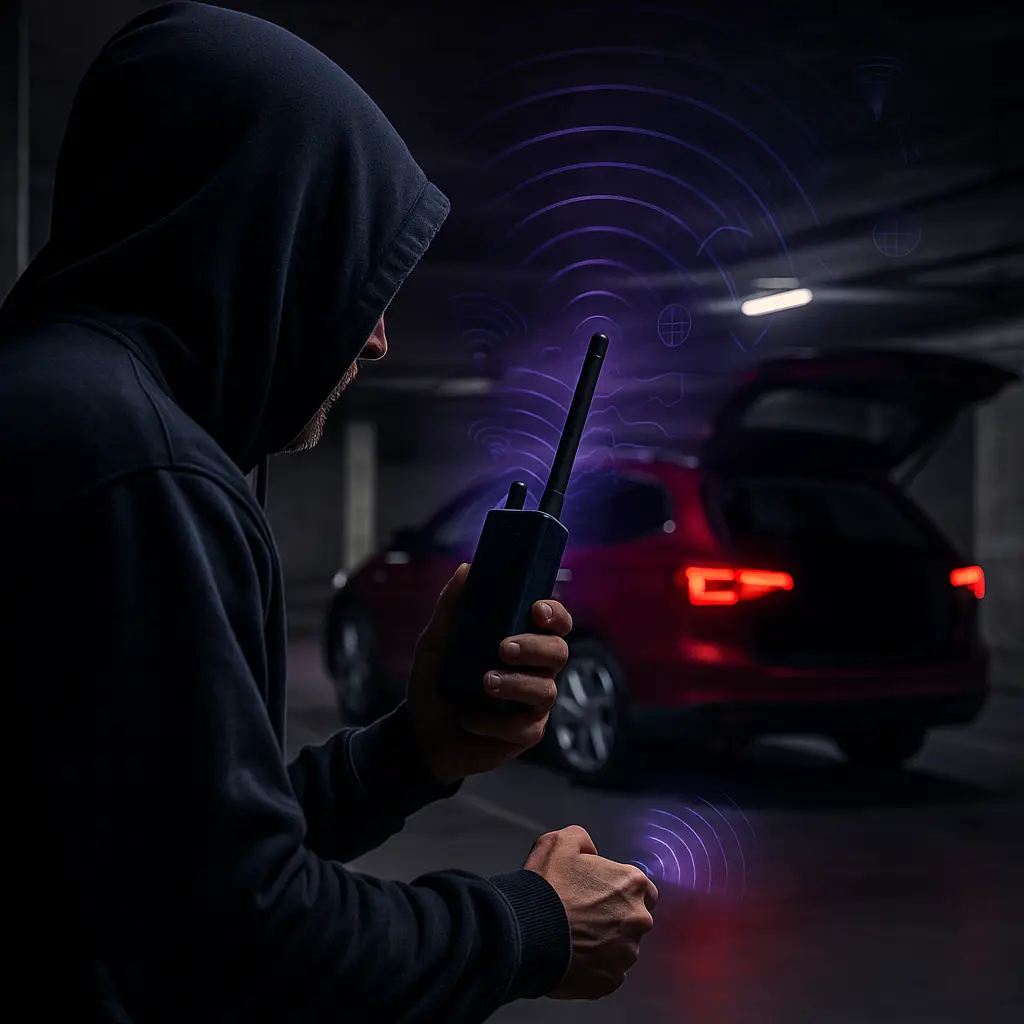
Common jammer categories at a high level
- GNSS or GPS band blockers that target satellite navigation reception
- Cellular disruptors that knock out data backhaul across carriers
- Short range disruptors aimed at WiFi or Bluetooth peripherals
- Multi band units that attempt to interrupt several services at once
U.S. legal context
In the United States it is illegal to market, sell, import, or operate radio jammers. Federal enforcement has penalized drivers who brought in vehicle based jammers that interfered with critical systems near airports and highways. For fleet operators the key takeaway is simple. Treat suspected jamming as a serious safety and compliance issue. Document the event, escalate internally, and contact law enforcement when appropriate. This article is not legal advice.
Why GPS alone is not an anti theft solution anymore
- Interference can be timed to pickup, handoff, or a parking window
- A short blackout is enough to relocate the vehicle beyond your geofence or into covered storage
- Connectivity dependent immobilizers and remote commands cannot run while the link is jammed
- Hidden trackers help but are not magic since determined attackers can add a second tool to locate electronics
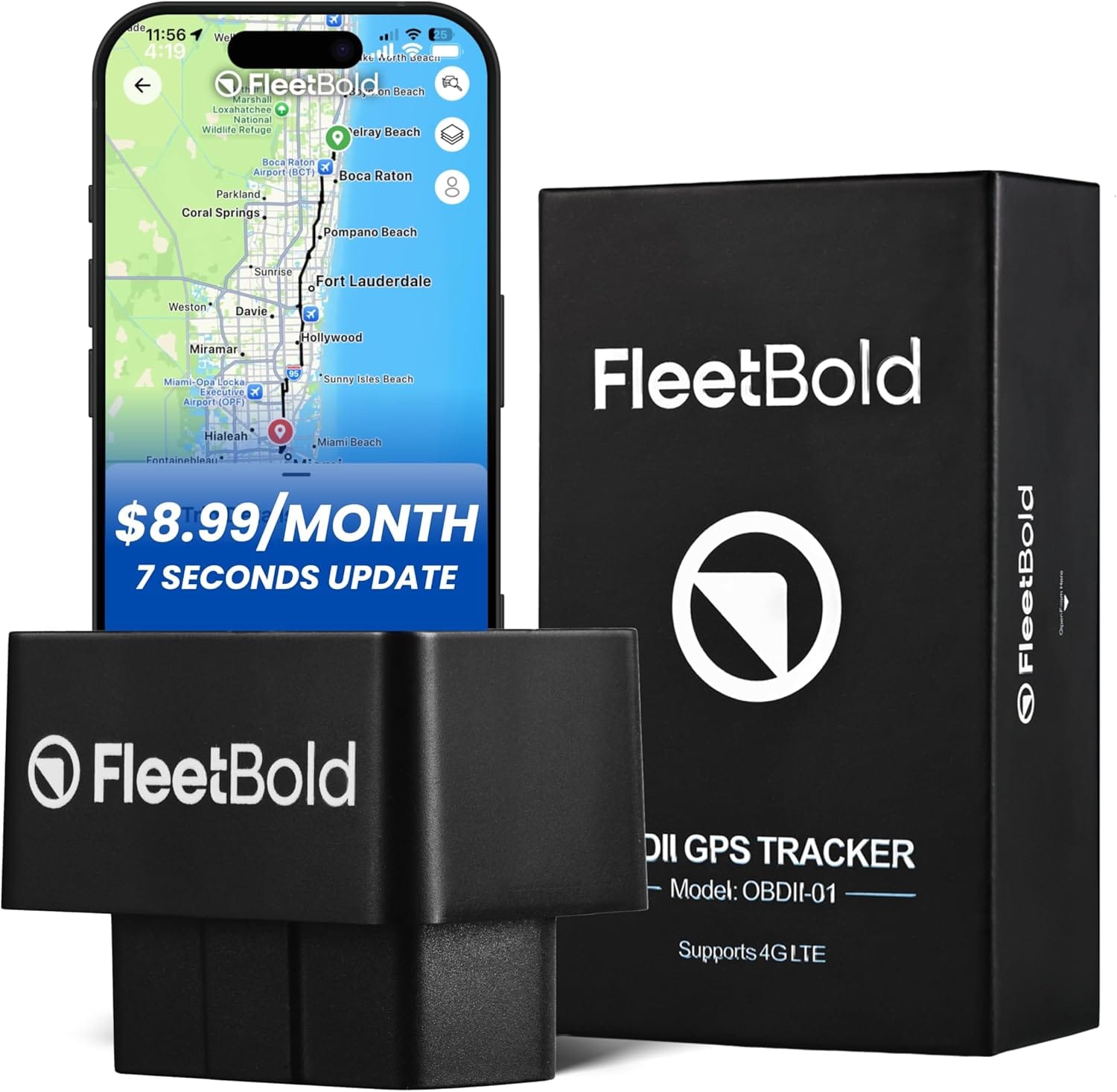
GPS Tracker for Vehicles OBD2 4G Real-Time Tracking -$8.99/month-
For Vehicles, Cars, Sedan, Trucks, Turo Hosts, Car Rentals & Fleet Operators, Plug&Play, Geo-Fence, Trip History, Smart Alerts. Global Coverage
Do anti jam GPS devices or trackers exist
Short answer. Not in the way most people imagine. There is no plug and play consumer tracker that is truly jam proof. Civilian GNSS signals are low power and inherently vulnerable to deliberate interference. Mitigations exist, but they reduce risk rather than eliminate it.
What mitigations actually exist
- Anti jam antennas such as controlled reception pattern antennas that steer nulls toward interference. Useful in defense or industrial settings, larger and costlier, and uncommon in consumer fleet trackers. They help maintain lock longer but do not guarantee reception
- Multi constellation and multi signal receivers such as GPS plus Galileo plus BeiDou plus GLONASS, and L1 plus L5. These can ride through some interference better with good antenna design and placement, but a determined jammer can still create a blackout
- Operational layering that pairs telematics with process controls, identity verification, physical security, parking strategy, and insurance readiness. This consistently reduces loss more than any single device
Real world U.S. examples and patterns
- Federal enforcement has publicly documented cases where drivers used in vehicle jammers that disrupted GPS near major airports, leading to penalties. While these were not car thefts, they show how a small device inside a vehicle can blind GPS dependent systems around it
- U.S. police departments and task forces have reported theft crews that combine keyless tactics with interference to defeat tracking and remote immobilization during the first minutes after a vehicle is taken
- Logistics and cargo theft investigations in the United States have described the exact same tactic. A short GPS blackout prevents alerts and buys enough time to move the asset into a shielded bay
These patterns matter for car rentals and host fleets because they mirror contactless pickup, after hours returns, and unattended lots that many operators rely on.
How this impacts Turo Hosts and rental operators
- Recovery delays
No live location means slower response and higher storage or towing exposure - Insurance friction
Evidence gaps make timelines harder to prove and extend claim cycles - Customer experience hits
Contactless access and remote convenience features fail during an interference window - Operational noise
Support teams chase timeouts and false leads while the vehicle is still in a dark zone
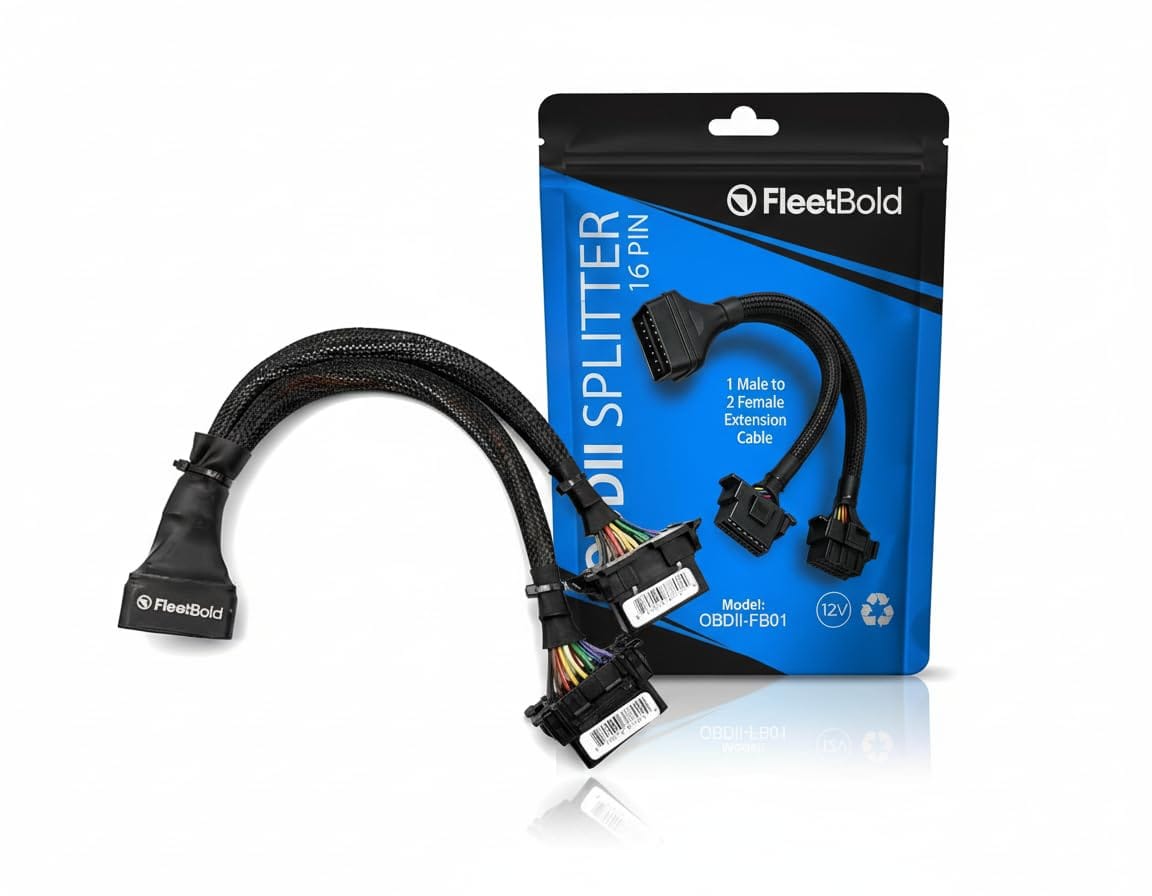
OBD2 Splitter 16 Pin OBD II Splitter Extension
1x Male and 2X Female Extension Cable Adapter in Use for OBD2 GPS Devices, Turo Hosts
Telltale signs that suggest interference
These are indicators, not proof
- Several devices on the same vehicle disconnect together or show identical timeouts
- Commands repeatedly fail in an area that is normally reliable across carriers
- Updates stop abruptly and resume as soon as the vehicle moves a short distance
- Different SIMs or carriers show the same outage pattern for the same trip window
Layered playbook for U.S. based Turo Hosts and rental fleets
High level guidance only, focused on lawful risk reduction without revealing sensitive implementation details
- Strengthen identity and handoff
Use robust ID verification, require complete trip photos, and avoid handing over a vehicle when data looks abnormal or rushed - Control your pickup windows
Avoid long unattended windows in high risk locations. Use staffed or monitored areas when possible, especially for higher value vehicles - Place vehicles smartly
Favor lots with cameras and consistent cell coverage. Avoid corners with known interference or repeated anomalies - Assume periodic outages
Build procedures for delayed sync, recovery routing, and escalation to law enforcement. Train the team on who does what when a vehicle goes dark - Separate convenience from control
Treat remote conveniences like unlock as a bonus, not a dependency. Your core recovery plan should not rely on a live command working at the critical moment - Document and time stamp everything
Booking data, identity artifacts, messages, and event logs. Clean evidence eases insurer and police work later - Communicate clearly with guests
For Turo Hosts, make handoff instructions simple and consistent. Stress that all communications stay in platform messaging. Do not confront anyone in person if something feels wrong - Review patterns monthly
Look for repeat dark spots, repeat times, or repeat guest behaviors. Adjust pickup windows, lots, and processes based on actual patterns
Operations checklist for suspected jamming
- Prioritize personal safety and do not confront anyone
- Capture the exact time range, vehicle, and symptoms you saw
- Export relevant telemetry and booking data and store it in a single case folder
- Notify law enforcement and your insurer as appropriate
- Move the vehicle workflow forward as a recovery and documentation task rather than an app troubleshooting task
Myths versus reality
- Myth
A great GPS makes theft impossible
Reality
GPS is valuable for operations and billing, but deliberate interference can still blind it - Myth
Newer networks automatically beat jammers
Reality
Interference targets the link itself. Redundancy helps but nothing is invincible - Myth
If a tracker is well hidden no one can find it
Reality
Dedicated tools can locate powered electronics and cabling quickly in skilled hands - Myth
If remote immobilize exists the car is safe
Reality
Commands require a working path. During an interference event the path is gone
Frequently asked questions
What exactly does a jammer block
A jammer disrupts radio communications such as satellite navigation and cellular data. Your device cannot hear the satellite or cannot reach your server, so positions and commands fail temporarily
Is using a jammer legal in the United States
No. It is illegal to market, sell, import, or operate radio jammers. Penalties can be significant. If you suspect interference, follow your incident process and involve law enforcement when appropriate
Can a jammer damage the vehicle or the tracker
No. The risk is operational. You lose visibility and remote control during the blackout. Physical damage is not the mechanism
Do anti jam GPS trackers exist
Not as a consumer level jam proof device. Resilience tools like multi constellation receivers and specialized antennas can reduce risk but do not make a system immune
Will upgrading to 5G or adding a second SIM solve the problem
Multiple carriers and newer radios improve normal reliability, but a jammer targets the link itself. Redundancy helps, yet a determined attacker can still create a blackout
How long does a jammer need to defeat tracking
Often only a few minutes. That is enough to move a vehicle into covered storage, a trailer, or a dead zone where recovery is harder
What should a Turo Host do if a vehicle goes dark during a trip
Do not confront the guest. Preserve all messages and trip photos in platform. Document the timeline, escalate within your operation, and contact law enforcement and insurance if the situation fits your policy
What about remote immobilization during a theft
Treat immobilize as a useful feature, not a guarantee. If the link is blocked the command cannot execute. Plan recovery steps that do not depend on a live command in the first minutes
Does parking location matter
Yes. Choose monitored lots with cameras and consistent cell coverage. Rotate locations for high risk vehicles and avoid predictable patterns that crews can plan around
Can shielding or metal buildings cause similar symptoms
Yes. Underground garages, heavy metal structures, and certain enclosures can also degrade signals. The difference is that symptoms often correlate with location and do not include cross carrier timeouts that move with the vehicle
How should I talk about this with my insurer
Stay factual. Provide a short timeline, device logs, and any camera or lot evidence. State that you observed loss of GPS and command connectivity during the window and attach your documentation
What is the best single product to buy to fix this
There is no single product that makes you immune. The best results come from a layered program that combines telematics, process, parking strategy, staff training, and clean documentation
Conclusion
Jammers change the rules for connected fleets. The answer is not panic or secrecy. It is understanding that GPS and remote commands can be blinded, then building layered protection and disciplined operations that reduce loss and keep people safe. For Turo Hosts and rental operators in the United States, the winning approach is simple. Strong identity and handoffs, smart parking choices, procedures that assume occasional outages, clean documentation, and a culture that treats recovery like an operational workflow rather than a button in an app.
